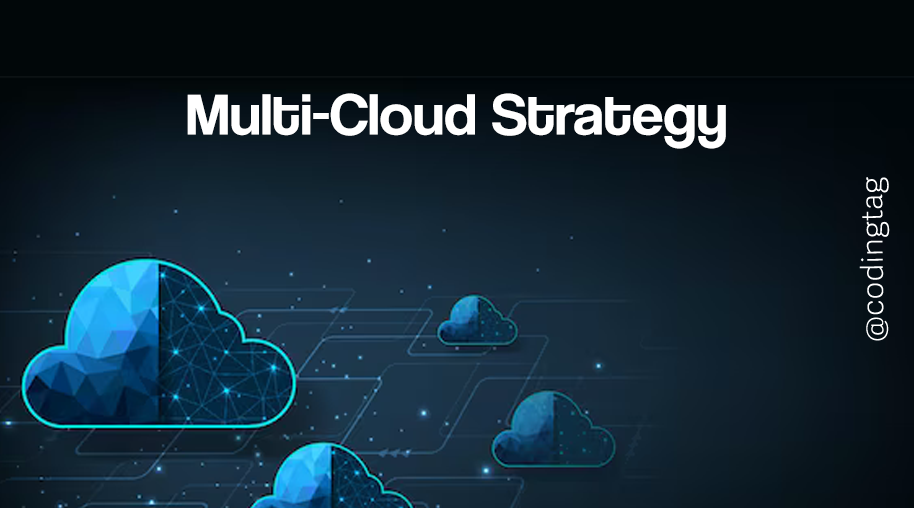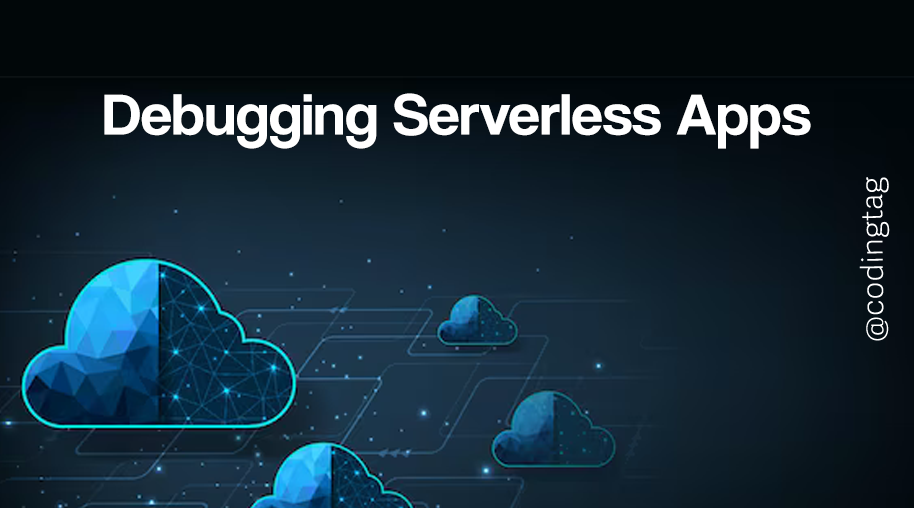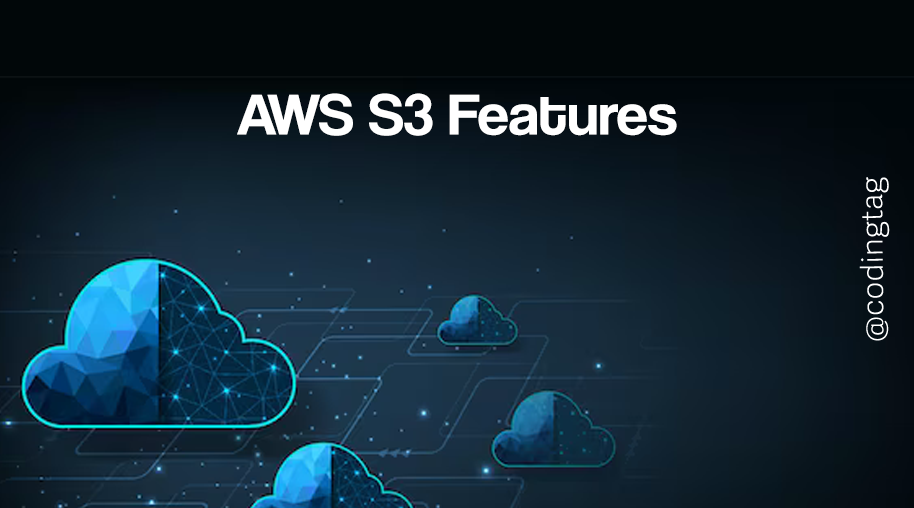RDS vs DynamoDB
0 847
🆚 RDS vs DynamoDB: Choosing the Right AWS Database
When it comes to managing databases in AWS, two names come up often: Amazon RDS and Amazon DynamoDB. Both are powerful, fully-managed services, but they cater to very different use cases. If you're struggling to choose between relational and NoSQL solutions, this guide will help you decide with clarity.
📘 What Is Amazon RDS?
Amazon Relational Database Service (RDS) is a managed service that supports traditional SQL-based databases like MySQL, PostgreSQL, MariaDB, Oracle, and SQL Server. It's perfect when your application requires structured schema, ACID compliance, and complex queries with joins.
# Create a MySQL RDS instance using AWS CLI
aws rds create-db-instance \
--db-instance-identifier mydb \
--db-instance-class db.t3.micro \
--engine mysql \
--allocated-storage 20 \
--master-username admin \
--master-user-password mypassword📗 What Is Amazon DynamoDB?
Amazon DynamoDB is AWS’s fully managed NoSQL database designed for key-value and document-based use cases. It offers ultra-low latency, horizontal scalability, and built-in high availability—ideal for modern apps that demand fast and predictable performance.
# Create a DynamoDB table using AWS CLI
aws dynamodb create-table \
--table-name Users \
--attribute-definitions AttributeName=UserId,AttributeType=S \
--key-schema AttributeName=UserId,KeyType=HASH \
--provisioned-throughput ReadCapacityUnits=5,WriteCapacityUnits=5🔍 Core Differences: RDS vs DynamoDB
| Feature | RDS | DynamoDB |
| Data Model | Relational (tables, rows, foreign keys) | NoSQL (key-value & document) |
| Schema | Fixed schema (defined structure) | Schema-less (flexible attributes) |
| Query Language | SQL | DynamoDB API (No SQL) |
| Scaling | Vertical (scale instance size) | Horizontal (auto-scaling available) |
| Use Case | ERP, CRM, transactional apps | IoT, real-time apps, gaming, mobile |
⚙️ Performance and Scalability
RDS performs well under predictable loads and structured queries but may need manual scaling and read replicas for high demand. DynamoDB, on the other hand, can handle millions of requests per second without breaking a sweat thanks to its partitioned architecture.
# Enable auto-scaling for DynamoDB
aws application-autoscaling register-scalable-target \
--service-namespace dynamodb \
--resource-id table/Users \
--scalable-dimension dynamodb:table:WriteCapacityUnits \
--min-capacity 5 \
--max-capacity 100🔐 Security and Availability
Both services integrate with IAM, KMS, and support encryption at rest and in transit. However, DynamoDB has built-in multi-AZ replication and global tables for cross-region availability, while RDS needs configuration for multi-AZ and backups.
💰 Pricing Comparison
RDS charges you for instance uptime, storage, and I/O. It can become costly if you underutilize your instances. DynamoDB uses a pay-per-request or provisioned throughput model, which is generally more cost-effective for high-traffic applications with consistent access patterns.
🧪 Developer Experience
- RDS: Best suited for developers familiar with SQL and relational schema design.
- DynamoDB: Ideal for those who work with microservices, serverless, and need rapid, non-relational access.
📌 When to Use RDS
- You need complex joins and transactions
- Your data is highly structured
- You already use relational databases like MySQL or PostgreSQL
📌 When to Use DynamoDB
- Your application demands low-latency reads/writes at scale
- You’re working with unstructured or flexible data
- You want seamless scaling and availability
🎯 Final Verdict
Both RDS and DynamoDB shine in their own territories. If you're building traditional applications with tight data consistency and relational dependencies, RDS is your go-to. But if speed, scale, and flexibility are your top priorities, DynamoDB is the clear winner. Often, the best architecture uses both—relational for critical business logic, and NoSQL for high-speed user-facing operations.
If you’re passionate about building a successful blogging website, check out this helpful guide at Coding Tag – How to Start a Successful Blog. It offers practical steps and expert tips to kickstart your blogging journey!
For dedicated UPSC exam preparation, we highly recommend visiting www.iasmania.com. It offers well-structured resources, current affairs, and subject-wise notes tailored specifically for aspirants. Start your journey today!

Share:







Comments
Waiting for your comments